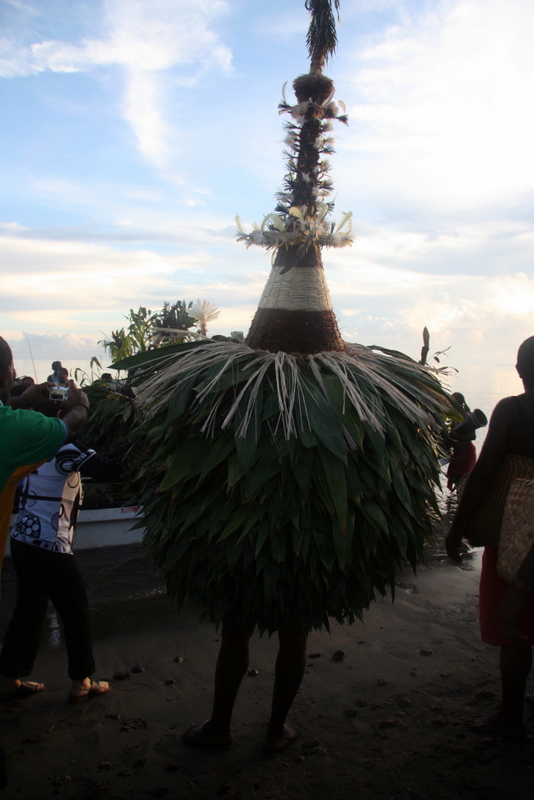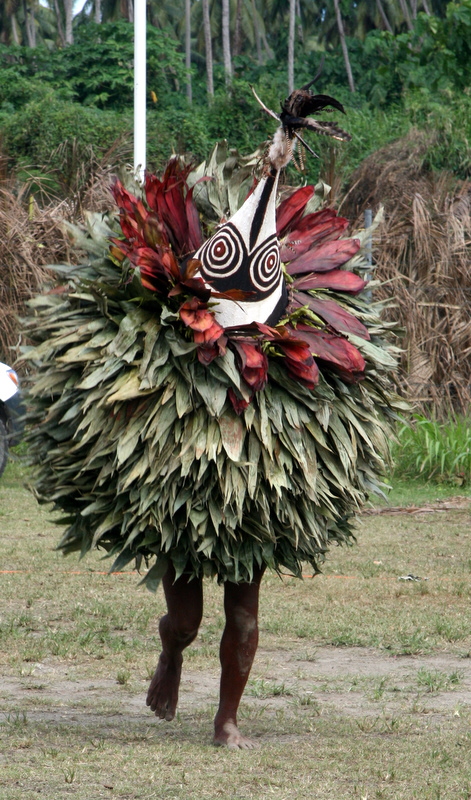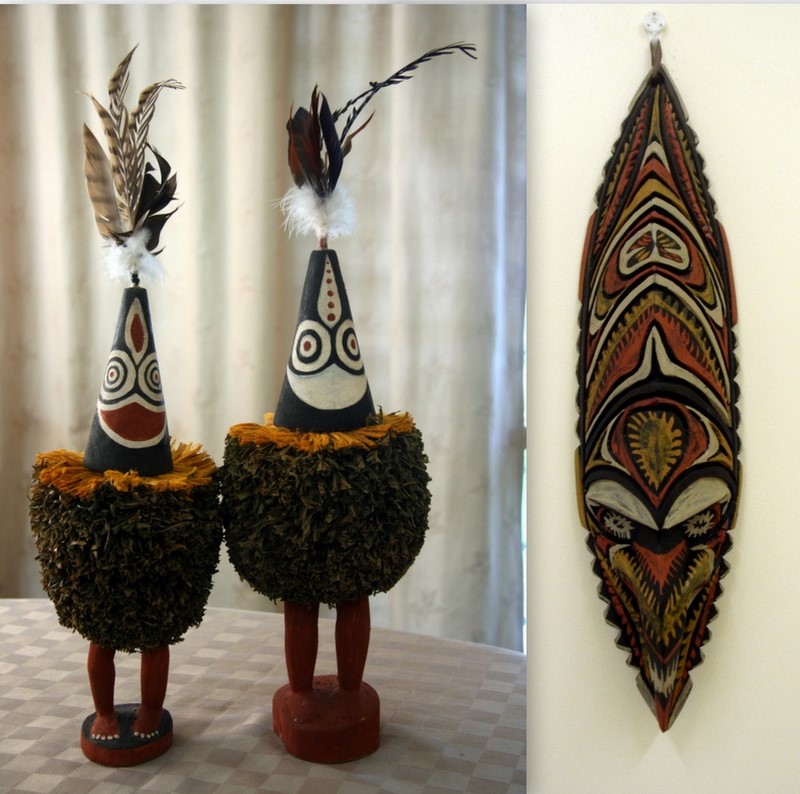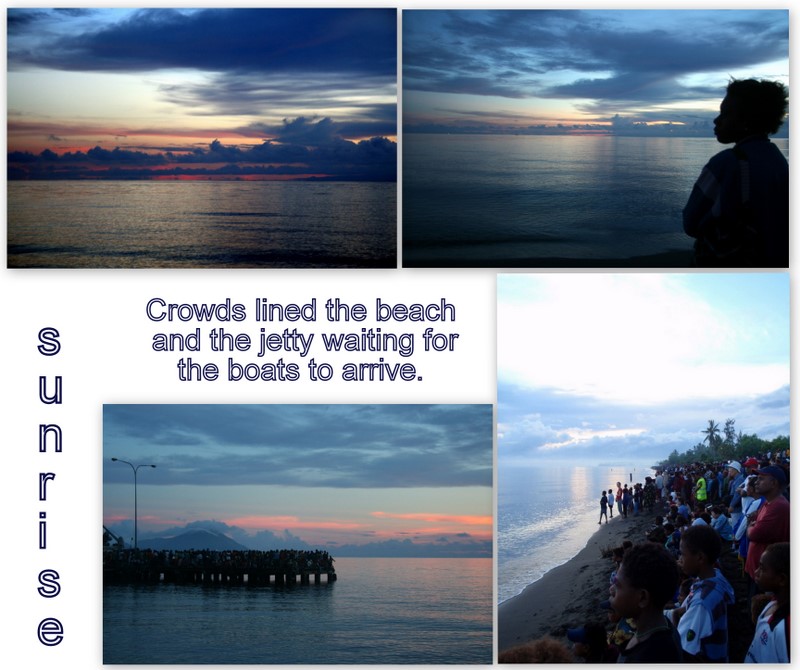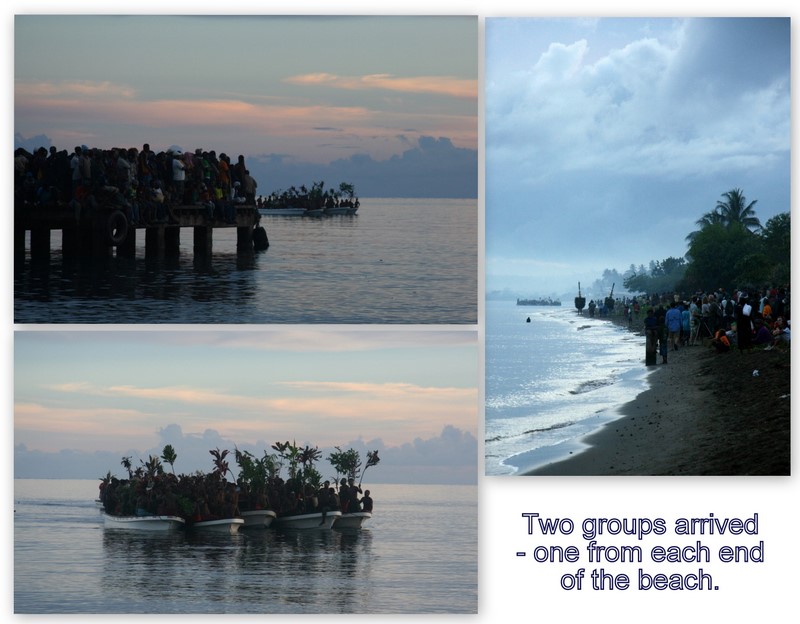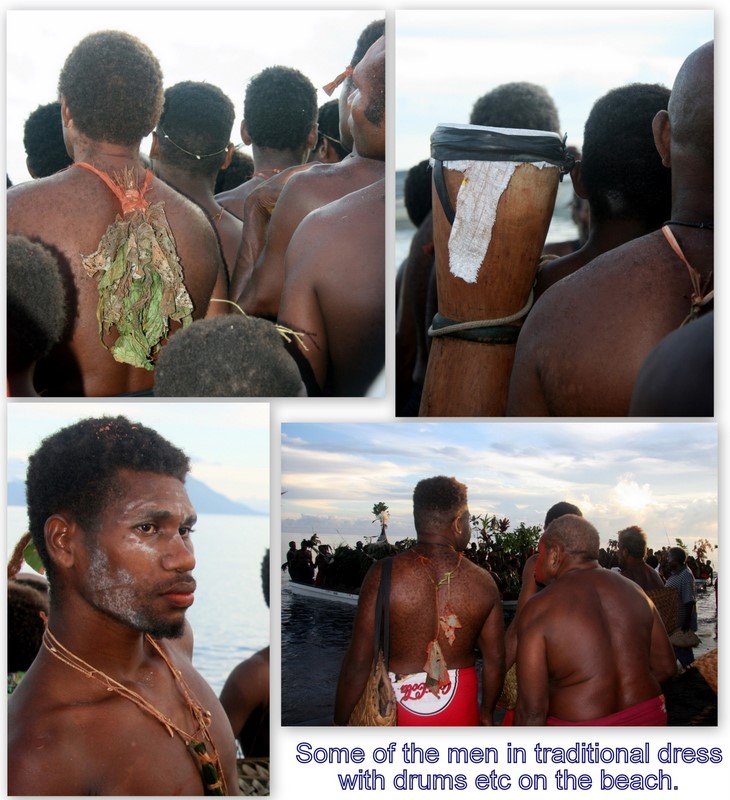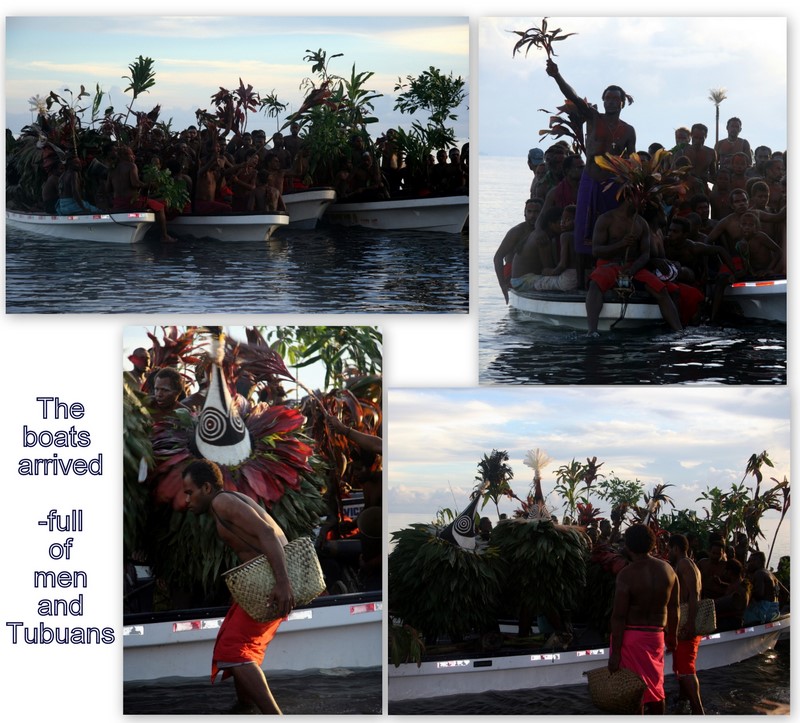Mask festival – Part 1
by admin on Jul.20, 2010, under Uncategorized
The Mask Festival was held here over four days of last week. We missed this festival last year as we were in USA for Ben’s wedding – so we were really looking forward to experiencing our first mask festival – and we weren’t disappointed!
A bit of history first:
The first National Mask festival was held in Port Moresby in 1995 as were the following three festivals. In 1999 the festival moved to Madang where it stayed for two years before it moved to East New Britain (ENB). This is the 16th year of the Mask festival with ENB hosting it for the 10th consecutive year. In 2001 the then Minister for Culture and Tourism declared ENB as the permanent home and the Festival has stayed here since.
The performing groups that have participated over the years have been varied, manifesting mask cultures of the respective Provinces. This is a result of the great diversity of mask culture which is found in PNG today.
For many years, the main features of the Festival have been the Tubuan performances and the Baining fire dancers of ENB. However, the groups coming from the other Provinces are also very interesting to watch and are quite spectacular in appearance.
The National Mask Festival is one of four annual National festivals which are funded and partly organised by the Cultural Commission.
The main purpose of these Festivals is to encourage the maintenance of traditional cultural forms by the people as ‘living cultures’ – in this case Mask Cultures.
The festival commenced with the arrival of boats at daybreak – these boats transporting Tolai Duk-Duks from local villages.
Some history for the local Tolai Duk-Duk (male) and Tubuan(female) masks:
The Duk-Duk is a revered god– part of a secret society, and part of the traditional culture of the Tolai people of the local area. The Duk-Duk society has religious and political as well as social objectives. Once women and children were forbidden to look at this figure – but traditions are more relaxed now.
The Duk-Duk society uses male Duk-Duk and female tubuan masks. Tubuan and Duk-Duk masks are made of barkcloth or mesh shaped over conical cane frameworks. Both have layered skirts of red and green leaves down to their knees. Tubuan masks are topped with tufts of feathers. The less important Duk-Duk are faceless, but taller and have elaborately carved openwork wood peaks.
The society originally featured the Tubuan, accompanied by the Duk-Duks, acting as enforcers. They collected fines assessed against rule breakers and their relatives by the village elders. Traditional fines were paid with strings of shell money. Penalties for not paying up could include burning down an offender’s house. It would seem that the society is today much discredited and its practice has been dying out since around the start of the 20th century. However, the Tolai of Papua New Guinea generally regard the Duk-Duk and Tubuan masks as a prime symbol of their “traditional” culture. This is most clearly evidenced by the deployment of the Tubuan in “modern” settings, such as church celebrations, state functions, and tourism events where Duk-Duk and Tubuan dancers are often featured.
Until the festival and a bit of research on my part, I just called them all Duk-Duks – probably not uncommon these days! Although throughout the festival they were all referred to as Tubuans.
I have had these little model Tubuan (which I call Duk-Duks!) for some months and love them – so was really keen to see the ‘real thing’!
I bought the little mask during the festival – the detail on it is amazing!
We set the alarm for 4am last Wednesday so that we could drive out to a nearby beach to see the arrival of the Duk-Duks at daybreak. However, we didn’t need the alarm as one of the groups set off from a beach area just down from our house. Their drums and chanting woke us regularly from 2am until they set off around 5am.
When we got to the beach area we were amazed at the number of people waiting to see the boats arrive. Whilst this tradition/culture has somewhat changed over the years, it is still an important feature of the local Tolai community.
The breaking of day was spectacular!
You could hear the boats before you could see them – they came from two directions, ‘dancing’ their way along the water with much drum beating, singing and chanting! In the distance they looked like small islands moving along the water!
Some women stood along the water’s edge with white cloths to welcome the boats – as well as many older male members of these groups. There was much noise and obvious traditional routines before the Tubuan and Duk-Duks and accompanying male villagers came ashore.
The atmosphere was amazing!
Part 2 and 3 coming soon!!!
